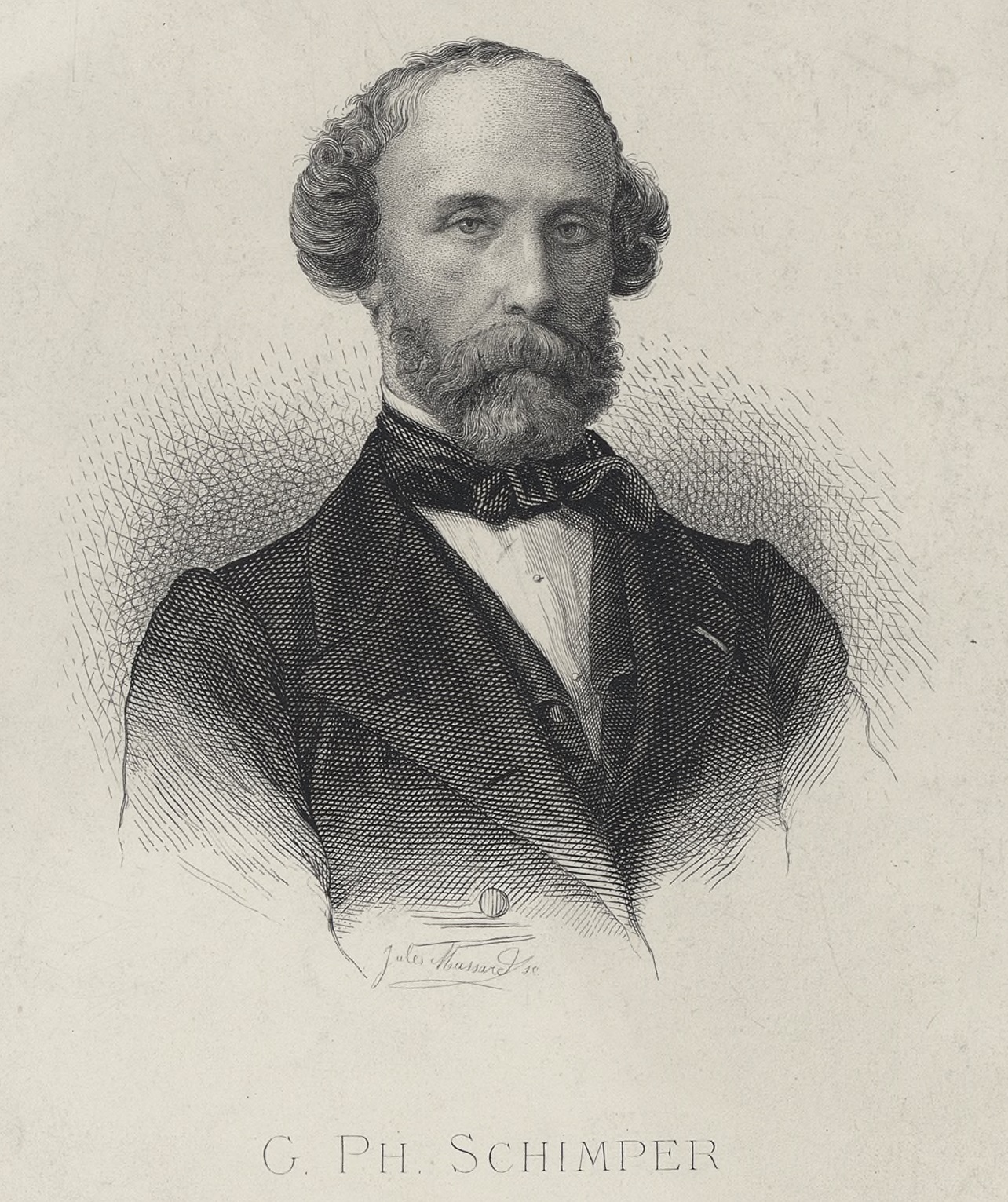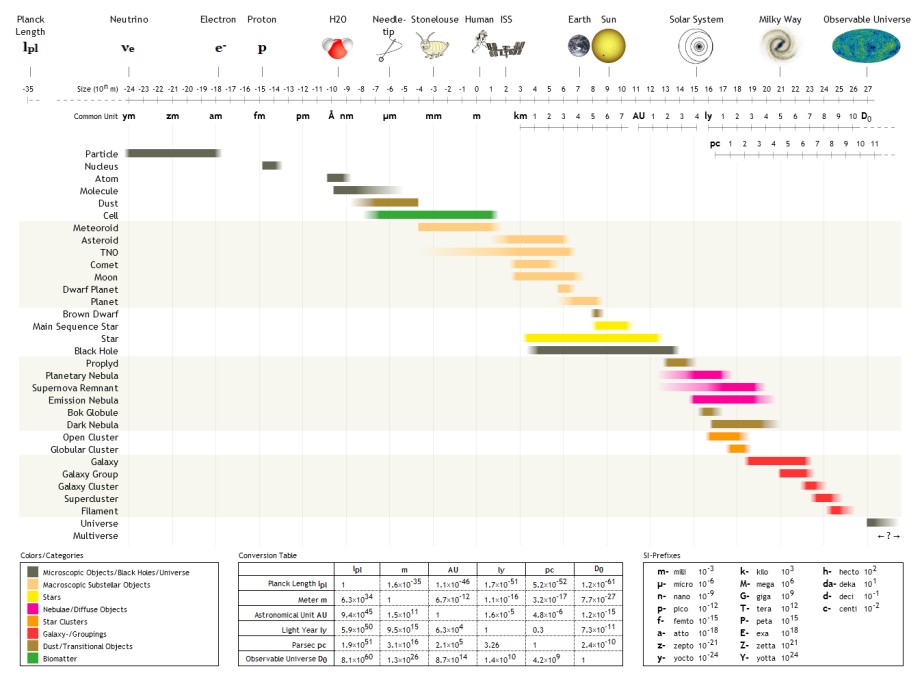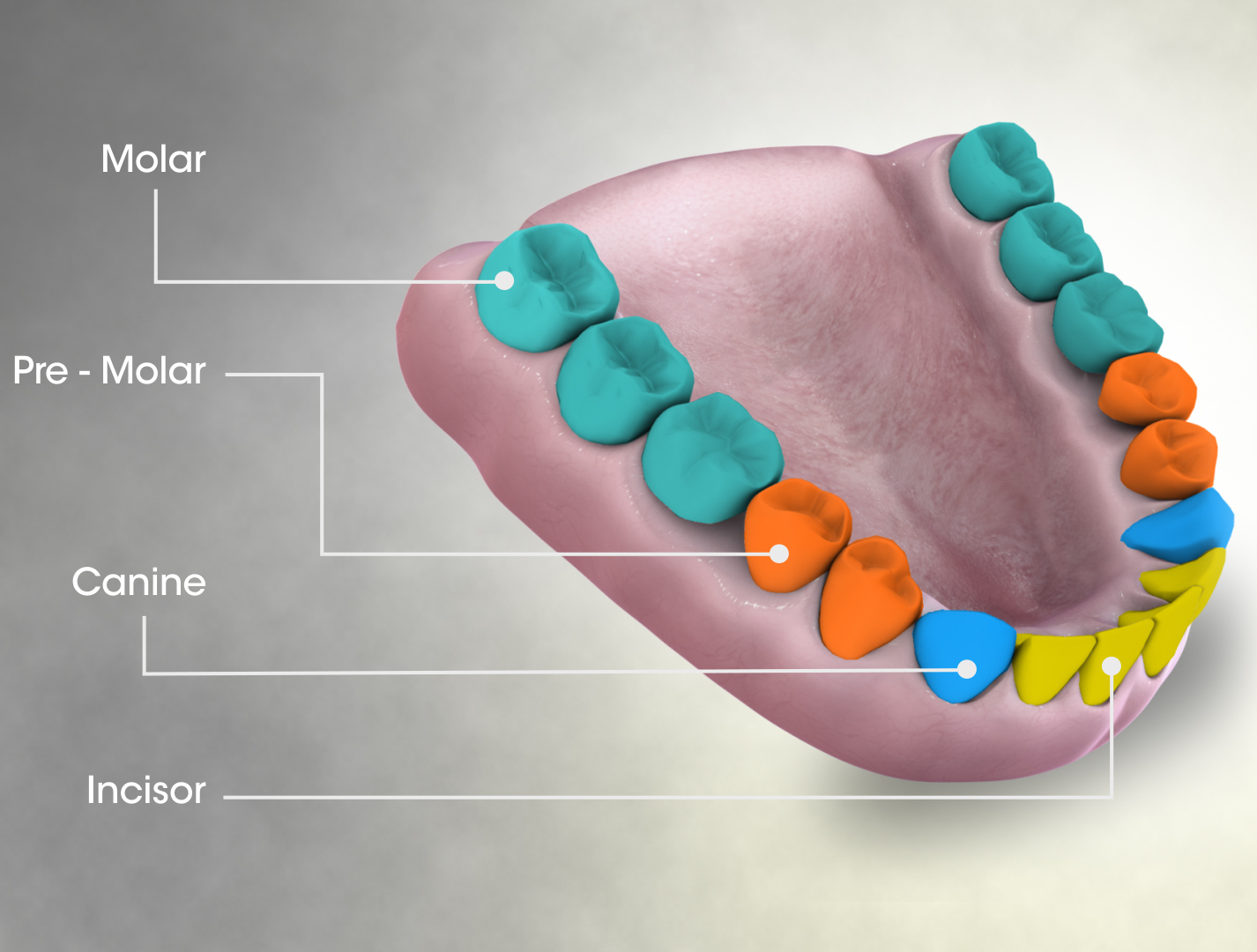|
Baiotomeus
''Baiotomeus'' is a genus of mammals from the extinct order of Multituberculata. It is known from the Paleocene of North America. The genus ''Baiotomeus'' was formally named by Krause in 1987 ( Krause, 1987), and has also been known as '' Mimetodon'' (partly), ''Neoplagiaulax'' (partly), and ''Ptilodus'' (partly). Species ''B. douglassi'' ''Baiotomeus douglassi'' is a fairly substantial multituberculate weighing almost 200 g. Remains have been found in the Fort Union Formation of Montana and Porcupine Hills Formation of Alberta, Canada. The holotype specimen hails from Wyoming in the United States, in strata of the Gidley Quarry dated to the Torrejonian stage of the Paleocene. The species was originally named ''Ptilodus douglassi'' by Simpson in 1935 ( Simpson, 1935), but it has been reclassified several times: * '' Mimetodon douglassi'' in 1940, by Jepsen * ''Neoplagiaulax douglassi'' in 1974, by Schiebout It was finally assigned to ''Baiotomeus'' by Hartman in 1986 &md ... [...More Info...] [...Related Items...] OR: [Wikipedia] [Google] [Baidu] |
Multituberculata
Multituberculata (commonly known as multituberculates, named for the multiple tubercles of their teeth) is an extinct order of rodent-like mammals with a fossil record spanning over 130 million years. They first appeared in the Middle Jurassic, and reached a peak diversity during the Late Cretaceous and Paleocene. They eventually declined from the mid Paleocene onwards, disappearing from the known fossil record in the late Eocene. They are the most diverse order of Mesozoic mammals with more than 200 species known, ranging from mouse-sized to beaver-sized. These species occupied a diversity of ecological niches, ranging from burrow-dwelling to squirrel-like arborealism to jerboa-like hoppers. Multituberculates are usually placed as crown mammals outside either of the two main groups of living mammals—Theria, including placentals and marsupials, and MonotremataAgustí-Antón 2002, pp 3-4—but usually as closer to Theria than to monotremes. They are considered to be clos ... [...More Info...] [...Related Items...] OR: [Wikipedia] [Google] [Baidu] |
Paleocene
The Paleocene, ( ) or Palaeocene, is a geological epoch that lasted from about 66 to 56 million years ago (mya). It is the first epoch of the Paleogene Period in the modern Cenozoic Era. The name is a combination of the Ancient Greek ''palaiós'' meaning "old" and the Eocene Epoch (which succeeds the Paleocene), translating to "the old part of the Eocene". The epoch is bracketed by two major events in Earth's history. The K–Pg extinction event, brought on by an asteroid impact and possibly volcanism, marked the beginning of the Paleocene and killed off 75% of living species, most famously the non-avian dinosaurs. The end of the epoch was marked by the Paleocene–Eocene Thermal Maximum (PETM), which was a major climatic event wherein about 2,500–4,500 gigatons of carbon were released into the atmosphere and ocean systems, causing a spike in global temperatures and ocean acidification. In the Paleocene, the continents of the Northern Hemisphere were still connected v ... [...More Info...] [...Related Items...] OR: [Wikipedia] [Google] [Baidu] |
Tongue River Formation
The Tongue River Member is the uppermost geologic member of the Fort Union Formation in Montana, North Dakota, Wyoming. The strata are yellow or light-colored massive sandstones and numerous thick coal beds. The vertebrate fossil fauna includes fishes, turtles, crocodiles, and mammals. Mammalian genera known from rocks of both the Torrejonian and the Tiffanian land mammal ages (middle and late Paleocene) are present. See also * List of fossiliferous stratigraphic units in North Dakota * Paleontology in North Dakota * Paleontology in Wyoming Paleontology in Wyoming includes research into the prehistoric life of the U.S. state of Wyoming as well as investigations conducted by Wyomingite researchers and institutions into ancient life occurring elsewhere. The fossil record of the US sta ... References Paleogene Montana Paleogene geology of North Dakota {{Paleogene-stub Mudstones and sandstone, Tongue River Member, exposed in a roadcut, US Highway 87 ... [...More Info...] [...Related Items...] OR: [Wikipedia] [Google] [Baidu] |
Paleogene Mammals Of North America
The Paleogene ( ; also spelled Palaeogene or Palæogene; informally Lower Tertiary or Early Tertiary) is a geologic period and system that spans 43 million years from the end of the Cretaceous Period million years ago (Mya) to the beginning of the Neogene Period Mya. It is the beginning of the Cenozoic Era of the present Phanerozoic Eon. The earlier term Tertiary Period was used to define the span of time now covered by the Paleogene Period and subsequent Neogene Period; despite no longer being recognised as a formal stratigraphic term, 'Tertiary' is still widely found in earth science literature and remains in informal use. Paleogene is often abbreviated "Pg" (but the United States Geological Survey uses the abbreviation PE for the Paleogene on the Survey's geologic maps). During the Paleogene, mammals diversified from relatively small, simple forms into a large group of diverse animals in the wake of the Cretaceous–Paleogene extinction event that ended the preceding Cr ... [...More Info...] [...Related Items...] OR: [Wikipedia] [Google] [Baidu] |
Paleocene Genus Extinctions
The Paleocene, ( ) or Palaeocene, is a geological epoch that lasted from about 66 to 56 million years ago (mya). It is the first epoch of the Paleogene Period in the modern Cenozoic Era. The name is a combination of the Ancient Greek ''palaiós'' meaning "old" and the Eocene Epoch (which succeeds the Paleocene), translating to "the old part of the Eocene". The epoch is bracketed by two major events in Earth's history. The K–Pg extinction event, brought on by an asteroid impact and possibly volcanism, marked the beginning of the Paleocene and killed off 75% of living species, most famously the non-avian dinosaurs. The end of the epoch was marked by the Paleocene–Eocene Thermal Maximum (PETM), which was a major climatic event wherein about 2,500–4,500 gigatons of carbon were released into the atmosphere and ocean systems, causing a spike in global temperatures and ocean acidification. In the Paleocene, the continents of the Northern Hemisphere were still connected ... [...More Info...] [...Related Items...] OR: [Wikipedia] [Google] [Baidu] |
Paleocene Mammals
The Paleocene, ( ) or Palaeocene, is a geological epoch that lasted from about 66 to 56 million years ago (mya). It is the first epoch of the Paleogene Period in the modern Cenozoic Era. The name is a combination of the Ancient Greek ''palaiós'' meaning "old" and the Eocene Epoch (which succeeds the Paleocene), translating to "the old part of the Eocene". The epoch is bracketed by two major events in Earth's history. The K–Pg extinction event, brought on by an asteroid impact and possibly volcanism, marked the beginning of the Paleocene and killed off 75% of living species, most famously the non-avian dinosaurs. The end of the epoch was marked by the Paleocene–Eocene Thermal Maximum (PETM), which was a major climatic event wherein about 2,500–4,500 gigatons of carbon were released into the atmosphere and ocean systems, causing a spike in global temperatures and ocean acidification. In the Paleocene, the continents of the Northern Hemisphere were still connected v ... [...More Info...] [...Related Items...] OR: [Wikipedia] [Google] [Baidu] |
Ptilodontoids
Ptilodontoidea is a group of extinct mammals from the Northern Hemisphere. They were generally small, somewhat rodent-like creatures of the extinct order Multituberculata. Some of these genera boast a great many species, though remains are generally sparse. '' Ptilodus'' is among the best known, and there's a tendency to depict it as an analog of a squirrel. Upper Cretaceous remains are known from North America and Europe. Later representatives (Paleocene - Eocene) hail from North America, Europe and Asia. These were some of the last multituberculates, and they are within the suborder Cimolodonta. The superfamily is further divided into the following families: *Neoplagiaulacidae - 10 genera; * Ptilodontidae - 4 genera; *Cimolodontidae Cimolodontidae is a family of fossil mammals within the extinction, extinct Order (biology), order Multituberculata. Representatives are known from the Upper Cretaceous and Paleocene of North America. The family Cimolodontidae was name ... [...More Info...] [...Related Items...] OR: [Wikipedia] [Google] [Baidu] |
Portable Document Format
Portable Document Format (PDF), standardized as ISO 32000, is a file format developed by Adobe in 1992 to present documents, including text formatting and images, in a manner independent of application software, hardware, and operating systems.Adobe Systems IncorporatedPDF Reference, Sixth edition, version 1.23 (53 MB) Nov 2006, p. 33. Archiv/ref> Based on the PostScript language, each PDF file encapsulates a complete description of a fixed-layout flat document, including the text, fonts, vector graphics, raster images and other information needed to display it. PDF has its roots in "The Camelot Project" initiated by Adobe co-founder John Warnock in 1991. PDF was standardized as ISO 32000 in 2008. The last edition as ISO 32000-2:2020 was published in December 2020. PDF files may contain a variety of content besides flat text and graphics including logical structuring elements, interactive elements such as annotations and form-fields, layers, rich media (including video ... [...More Info...] [...Related Items...] OR: [Wikipedia] [Google] [Baidu] |
Kilobyte
The kilobyte is a multiple of the unit byte for digital information. The International System of Units (SI) defines the prefix '' kilo'' as 1000 (103); per this definition, one kilobyte is 1000 bytes.International Standard IEC 80000-13 Quantities and Units – Part 13: Information science and technology, International Electrotechnical Commission (2008). The internationally recommended unit symbol for the kilobyte is kB. In some areas of information technology, particularly in reference to solid-state memory capacity, ''kilobyte'' instead typically refers to 1024 (210) bytes. This arises from the prevalence of sizes that are powers of two in modern digital memory architectures, coupled with the accident that 210 differs from 103 by less than 2.5%. A kibibyte is defined by Clause 4 of IEC 80000-13 as 1024 bytes. Definitions and usage Base 10 (1000 bytes) In the International System of Units (SI) the prefix '' kilo'' means 1000 (103); therefore, one kilobyte is 1000 bytes. ... [...More Info...] [...Related Items...] OR: [Wikipedia] [Google] [Baidu] |
University Of Alberta
The University of Alberta, also known as U of A or UAlberta, is a public research university located in Edmonton, Alberta, Canada. It was founded in 1908 by Alexander Cameron Rutherford,"A Gentleman of Strathcona – Alexander Cameron Rutherford", Douglas R. Babcock, 1989, The University of Calgary Press, 2500 University Drive NW, Calgary, Alberta, Canada, the first premier of Alberta, and Henry Marshall Tory," Henry Marshall Tory, A Biography", originally published 1954, current edition January 1992, E.A. Corbett, Toronto: Ryerson Press, the university's first president. It was enabled through the Post-secondary Learning Act''.'' The university is considered a "comprehensive academic and research university" (CARU), which means that it offers a range of academic and professional programs that generally lead to undergraduate and graduate level credentials. The university comprises four campuses in Edmonton, an Augustana Campus in Camrose, and a staff centre in downto ... [...More Info...] [...Related Items...] OR: [Wikipedia] [Google] [Baidu] |
1 E-3 M
The following are examples of orders of magnitude for different lengths. __TOC__ Overview Detailed list To help compare different orders of magnitude, the following list describes various lengths between 1.6 \times 10^ metres and 10^metres. Subatomic scale Atomic to cellular scale Cellular to human scale Human to astronomical scale Astronomical scale Less than 1 zeptometre The ' ( SI symbol: ') is a unit of length in the metric system equal to . To help compare different orders of magnitude, this section lists lengths shorter than 10−21 m (1 zm). *1.6 × 10−5 quectometres (1.6 × 10−35 metres) – the Planck length (Measures of distance shorter than this do not make physical sense, according to current theories of physics.) *1 qm – 1 quectometre, the smallest named subdivision of the metre in the SI base unit of length, one nonillionth of a metre *1 rm – 1 rontometre, a subdivision of the metre in the SI base unit of length, one octilliont ... [...More Info...] [...Related Items...] OR: [Wikipedia] [Google] [Baidu] |
Molars
The molars or molar teeth are large, flat teeth at the back of the mouth. They are more developed in mammals. They are used primarily to grind food during chewing. The name ''molar'' derives from Latin, ''molaris dens'', meaning "millstone tooth", from ''mola'', millstone and ''dens'', tooth. Molars show a great deal of diversity in size and shape across mammal groups. The third molar of humans is sometimes vestigial. Human anatomy In humans, the molar teeth have either four or five cusps. Adult humans have 12 molars, in four groups of three at the back of the mouth. The third, rearmost molar in each group is called a wisdom tooth. It is the last tooth to appear, breaking through the front of the gum at about the age of 20, although this varies from individual to individual. Race can also affect the age at which this occurs, with statistical variations between groups. In some cases, it may not even erupt at all. The human mouth contains upper (maxillary) and lower (mandibu ... [...More Info...] [...Related Items...] OR: [Wikipedia] [Google] [Baidu] |





